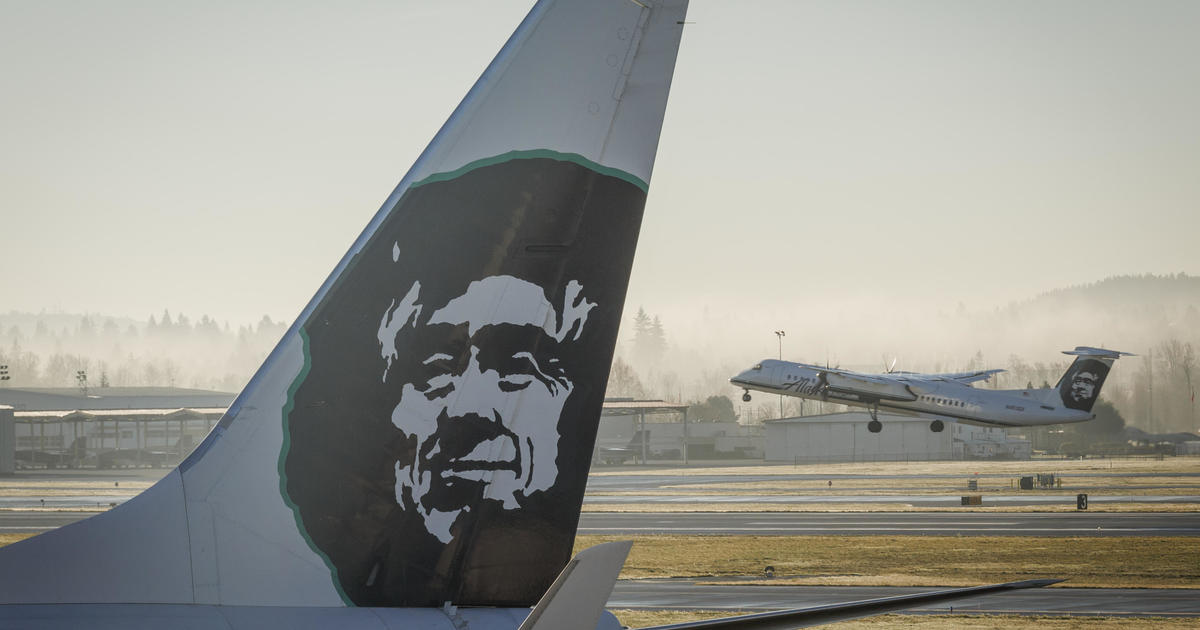Supervisors Ready To Grill Firm Over Shipyard Radiation Cleanup
SAN FRANCISCO (CBS SF) -- The San Francisco Board of Supervisors was preparing to grill executives from Tetra Tech, the firm accused of falsifying results from the $1 billion radiation cleanup at Hunters Point Naval Shipyard, at a hearing Monday.
The U.S. Navy paid Pasadena-based Tetra Tech $1 billon to clean up toxic waste at the former shipyard in 2002 for a redevelopment project where thousands of people would live. However, in 2012, workers contracted by Tetra Tech claimed cleanup data had been falsified.
"Monday is an opportunity to directly address the accusations and resounding concerns from my constituents. We deserve clear answers," Supervisor Malia Cohen, who represents the Bayview-Hunters Point District, tweeted Friday.
The board will discuss the cleanup timeline and disputes between federal regulators and the U.S. Navy during the Land Use and Transportation Committee meeting at 1:30 p.m. in Room 250 of City Hall.
Confirmed presenters include representatives of Tetra Tech, the Navy, U.S. Environmental Protection Agency and the San Francisco Department of Health.
The Tetra Tech contractors claimed in 2012 that data on the firm's cleanup had been falsified and manipulated in order to minimize evidence of soil contamination, according to the environmental watchdog group Public Employees for Environmental Responsibility.
In September 2017, the Navy released a preliminary analysis of the cleanup specifically at two of the site's numerous parcels and determined that nearly half of the samples taken from the site had in fact been falsified or manipulated.
Tetra Tech emphatically denies the allegations and has offered to pay for independent testing.
Tetra Tech was sued May 1 in a lawsuit accusing the company of putting the lives of residents of San Francisco's Bayview and Hunters Point residents at risk by allegedly falsifying radiation cleanup.
The lawsuit, filed in San Francisco Superior Court by attorney Charles Bonner, accuses Tetra Tech of "blatant, conscious, callous disregard of Bayview Hunters Point residents' lives, born and unborn" and "unfair and fraudulent business practices."
The suit is seeking $27 billion in damages on behalf of the neighborhood's 38,484 residents, a figure based on a 2010 census.
In response to the lawsuit, representatives of Tetra Tech strongly defended the firm's actions.
"We believe the lawsuit is factually incorrect and without merit. Tetra Tech stands by this work at Hunters Point. Our work was done properly and to the standard required by the U.S. Navy," Tetra Tech said in a statement.
"We believe so strongly in the quality of our work that we have offered to pay for independent testing to demonstrate that the false and misleading allegations, such as contained in this lawsuit, are wrong," the statement said.
The Navy found that 15 percent of the soil samples at Parcel B needed retesting, while 49 percent of soil samples at Parcel G were in need of retesting.
The U.S. Environmental Protection Agency, along with the California Department of Toxic Substances Control and the California Department of Public Health, independently reviewed the Navy's report in December and found further signs of potential falsification, manipulation and data quality concerns at the parcels. The agencies recommended resampling for roughly 90 percent of Parcel B and for about 97 percent of Parcel G.
In a Dec. 17 letter to the Navy, John Chesnutt, a regional EPA Superfund manager, wrote, "The data analyzed showed a widespread pattern of practices that appear to show deliberate falsification, failure to complete the work in a manner required ... or both."
The letter was made public in April after PEER obtained it in a Freedom of Information Act request.
The area was closed as a Navy shipyard in 1974 and in 1989 was designated as an EPA Superfund site, having priority as one of the most toxic cleanup sites in the nation.
Radiation contamination there stemmed from the cleaning of ships exposed to atom bombs and from research on defense against nuclear weapons.
Other contaminants from shipyard operations included petroleum compounds, mercury and lead.



